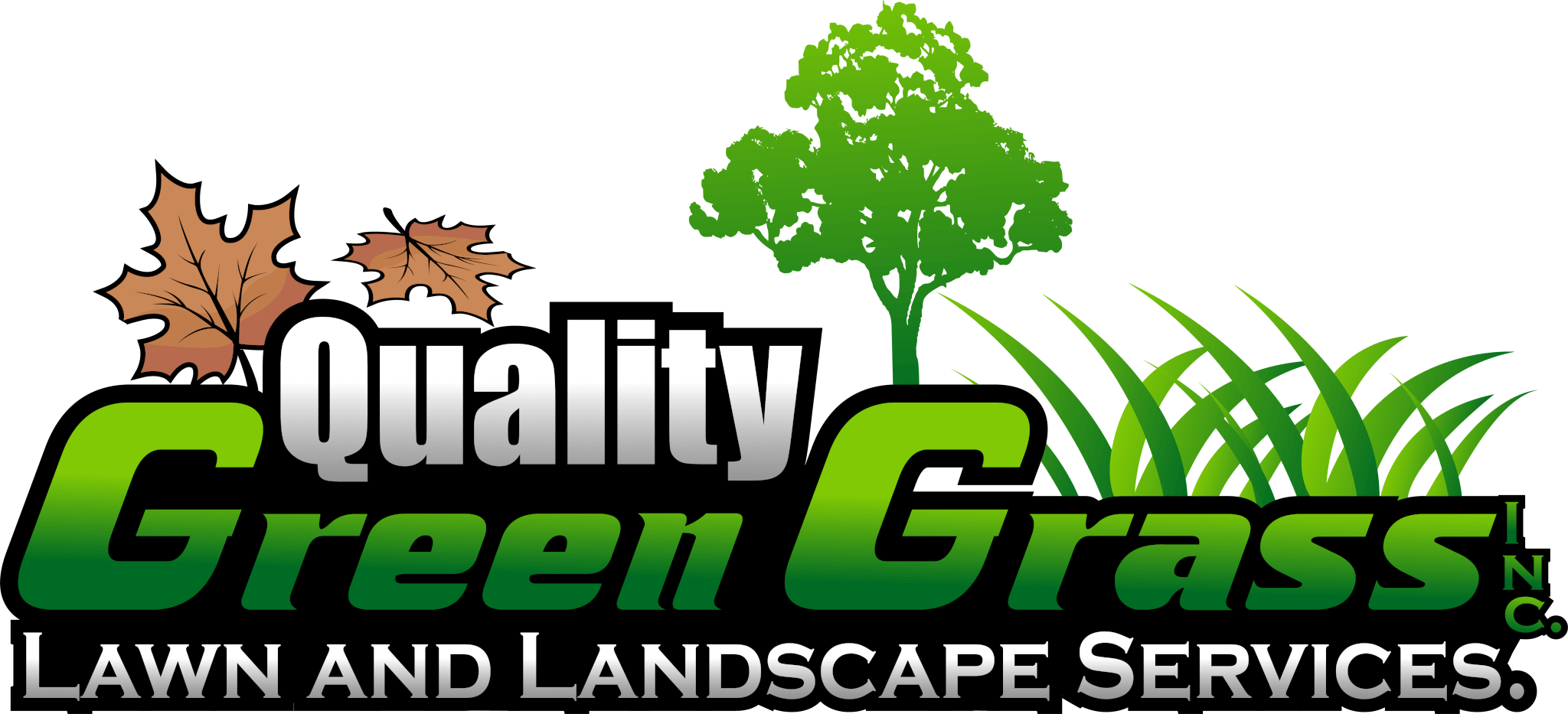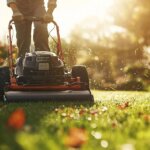- Types of Lawn Aerator tools:
- Core Aerators: Remove small plugs of soil, suitable for compacted soil.
- Plug Aerators: Work like core aerators, come in various sizes.
- Spike Aerators: Use spikes to create holes, less effective for compacted soil.
- Choosing the Right Aerator:
- Consider lawn size: Handheld or shoe aerators for small lawns; tow-behind or push aerators for larger areas.
- Evaluate soil type: More spikes/cores for clay; basic spike aerator for sandy soil.
- Benefits:
- Enhanced soil health: Improves air, water, and nutrient flow.
- Improved grass growth: Helps roots spread and grass resist pests.
- Reduces soil compaction: Creates pathways for nutrients.
- Best Time to Aerate:
- Best in spring or fall: Encourages quick lawn recovery.
- Frequency: Annually for clay soil/heavy traffic; every 2-3 years for sandy soil/light traffic.
- Renting Equipment:
- Available at Home Depot, Lowe’s, local hardware stores.
- Costs: $40-$90 per day.
- Renting vs Buying: Renting is cheaper for occasional use; buying is better for frequent use.
- DIY Tips:
- Use manual tools or spiked shoes.
- Water and mow lawn before aerating.
- Aerate in spring or fall, on a calm, dry day.
Are you tired of watching your lawn struggle in dense, compact soil? Choosing the right lawn aerator tool can transform your yard into a lush paradise. In “Lawn Aerator Tools: Which Type Should You Choose?” I’ll guide you through the different types of aerators and how to pick the best one for your lawn. Whether you’re looking for eco-friendly solutions or ways to boost your property’s value, this guide has you covered. Ready to breathe new life into your yard? Let’s dive in!
What Are the Different Types of Lawn Aerator Tools?
When it comes to lawn aerators, there are three primary types. Each type serves to improve your lawn’s health, but they do so differently. Let’s see how they each work and when you’d use them.
Core Aerators
A core aerator is a tool that removes small plugs of soil from your lawn. These plugs, or cores, allow air, water, and nutrients to reach the grass roots. This helps your lawn become lush and healthy. Core aerators work well for compacted soil.
Plug Aerators
A plug aerator works very much like a core aerator. It removes plugs or chunks of soil from your lawn. This method helps reduce soil compaction and promotes better nutrient absorption. Plug aerators come in many sizes, from small hand tools to larger machines.
Spike Aerators
Unlike core or plug aerators, a spike aerator uses solid spikes to create holes in the soil. This type of tool doesn’t remove soil but simply makes holes. The lawn aeration shoes with spikes strap onto your feet, making it easy to aerate as you walk. They are simple to use but less effective for highly compacted soil.
Each of these tools has its purpose and benefits. Core and plug aerators are best for compact soils and serious lawn issues. Spike aerators are convenient for light, frequent aeration. Choosing the right one depends on your lawn’s condition and your specific needs. Visit The Home Depot, Lowe’s, or Tractor Supply for a variety of options and detailed reviews.
How Do You Choose the Best Lawn Aerator for Your Needs?
Consider the Size of Your Lawn
First, take note of your lawn’s size. For smaller lawns, handheld or shoe aerators work well. They are easy to use and affordable. For larger areas, a tow-behind or push aerator might be better. These cover more ground faster.
Evaluate the Type of Soil
Knowing your soil type helps you pick the right tool. Clay soil needs an aerator with more spikes or cores. Sandy soil is less compact, so a basic spike aerator should do the job. Look for a good fit for your soil to get the best results.
Review Customer Ratings and Features
Check out customer reviews before buying. High-rated aerators, like those on Amazon, are often reliable. For example, brands like Agri-Fab and Ohuhu get good marks. Compare features like adjustable straps, different spike types, and ease of use. Also, think about assembly needs. Some come ready to use, while others require setup. Choose based on what fits your needs best.
What Are the Benefits of Using Lawn Aerators?
Enhanced Soil Health
Lawn aerators work by poking holes in the soil. This lets air, water, and nutrients reach grass roots. More access to air and water helps the soil breathe better. Healthy soil means strong and green grass. Regular use of lawn aerators improves soil structure. This means your soil holds water well but doesn’t get soggy.
Improved Grass Growth
Grass can grow weak due to compact soil. Aerators break up the soil, letting grass roots spread out. Spread-out roots mean thicker, lush grass. Strong grass resists pests and diseases better. Lawn aerators also help new grass seeds grow. Aerated soil lets the seeds settle and sprout easily.
Reduction in Soil Compaction
Soil compaction happens when soil particles press together. This keeps air and water from reaching grass roots. Kids playing or heavy tools can press the soil down. Using aerators solves this by making holes in the soil. These holes give roots space to grow and absorb nutrients. Aerators create pathways for water and nutrients to travel in the soil.
Using the best-selling lawn aerators like DenForste, Walensee, or Agri-Fab can make a big difference. Features like adjustable straps and different spike types suit various needs. Different models offer many options, from manual shoes to rolling aerators. Regular aeration with these tools results in a healthier, greener lawn. Your lawn will thank you by staying strong and vibrant.
When and How Often Should You Aerate Your Lawn?
Optimal Seasons for Aeration
Lawn aeration is best done in the spring or fall. Why? Because these seasons help your lawn recover quickly. In spring, your lawn is actively growing, giving it the strength to fill in the aeration holes. During fall, the cooler weather and more frequent rain help the lawn heal before winter. You can find lawn aerators and other tools for seasonal care at Tractor Supply and Lowe’s.
Frequency Based on Lawn Type and Soil Condition
How often should you aerate? It depends on your lawn type and soil condition. For lawns with heavy clay soil or high traffic, yearly aeration is key. Compact soil restricts air and water flow to grass roots, making it essential to aerate often. But for sandy soil, you can aerate every two to three years. The same goes for lawns with lighter foot traffic.
Regular aeration ensures your lawn stays healthy. If you have thick, thatchy lawns, aerate more often to break up the organic layer that blocks nutrients. By observing your lawn’s condition, you’ll know when it needs aeration. Frequent aeration leads to a lush, hearty lawn.
Remember, different aerators serve various needs. Choose from brands like Walensee, Ohuhu, and Abco Tech which offer spiked shoes, rolling tools, and tow-behind aerators. Each type helps with tasks such as grass aeration, soil dethatching, and preparing for new grass seed. Keep your lawn healthy year-round by integrating lawn aeration into your seasonal care routine.
Can You Rent Lawn Aeration Equipment?
Where to Rent Lawn Aeration Tools
Yes, you can rent lawn aeration tools. Big stores like Home Depot and Lowe’s offer aerator rentals. Many local hardware stores also offer them. Online rental services might deliver equipment right to your door. This gives you plenty of choices and flexibility.
Comparing Rental Costs
Rental costs for aeration tools vary. Expect to pay around $40 to $90 per day. Lowe’s and Home Depot offer similar prices. But local stores might be cheaper, especially if you avoid delivery fees. Always check for any hidden costs.
Pros and Cons of Renting vs. Buying
Renting is a good option for small or occasional jobs. It is cheaper upfront. You avoid storage issues and tool maintenance. But if you have a large yard or plan to aerate often, buying a tool might be better. The initial cost is higher but it’s a long-term investment. Consider your lawn’s needs and your budget.
What are Some DIY Lawn Aeration Techniques?
Using Manual Tools for Aeration
Manual tools are great for DIY lawn aeration. You can choose from manual lawn aerators or spiked shoes, like those from brands such as DenForste and Ohuhu. Spike aerators push holes into the soil, while core aerators remove plugs of dirt. Each tool has different benefits—spiked tools are easy to use, but core tools improve soil health more effectively. Rolling aerators might require more effort but cover larger areas quickly.
Preparing Your Lawn for Aeration
Before aerating, water your lawn. Wet soil is easier to penetrate. Mow your grass to a shorter length. Shorter grass won’t get tangled in the aerator. Remove any debris like sticks or stones. These can damage the aerator and hurt your lawn. Check the soil moisture. If the soil is too dry, the aerator won’t work well. If it’s too wet, you’ll make a muddy mess.
Tips for Effective DIY Aeration
Timing is crucial. The best times to aerate are in the spring and fall. Choose a calm, dry day. Avoid aerating right after rain to prevent soil compaction. Working on a Saturday morning is ideal—it gives the lawn time to recover over the weekend. Move in straight, even lines across your yard. Overlap slightly to cover the entire area. Keep an eye on your tool. Clean off dirt and debris as you go. This ensures the best aeration results.
For more tips and tools, check out Gardeners.com.
This section aims to inform readers about effective DIY lawn aeration techniques, including the use of manual tools, preparation steps, and practical tips for effective lawn aeration. By focusing on the essential details, I hope the section provides clear, actionable advice that enhances readers’ lawn care routines.
Conclusion
Choosing the right lawn aerator depends on your lawn size, soil type, and needs. Core, plug, and spike aerators all have different benefits. Aerating improves soil health and grass growth while reducing compaction. To get the best results, aerate in the spring or fall. Renting tools can be cost-effective, but consider your long-term use. For the DIY route, follow preparation steps and use proper techniques. Happy aerating!

